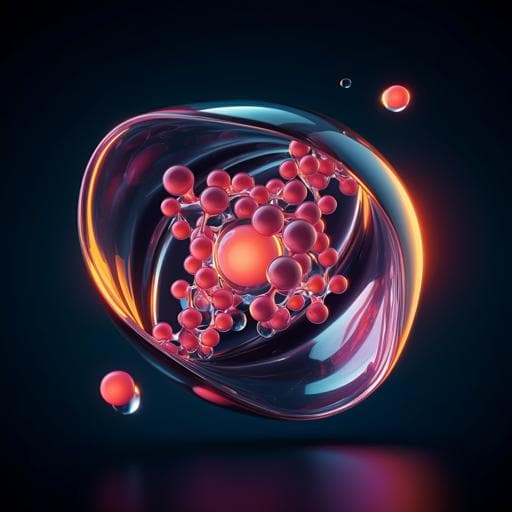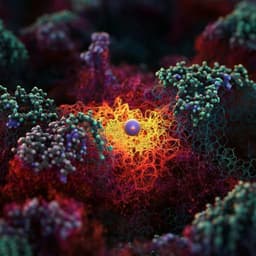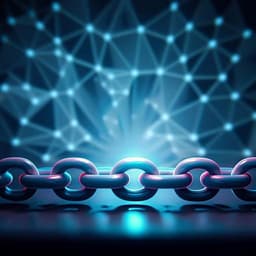
Engineering and Technology
Manipulating the diffusion energy barrier at the lithium metal electrolyte interface for dendrite-free long-life batteries
J. Pokharel, A. Cresce, et al.
This groundbreaking research conducted by Jyotshna Pokharel, Arthur Cresce, and their colleagues reveals a novel solution-processed method for creating a high-performance, Li₃N-rich solid electrolyte interphase (SEI) on lithium metal electrodes, significantly enhancing lithium-ion transport and mechanical stability. Discover how this advancement could transform the future of lithium metal batteries!
~3 min • Beginner • English
Related Publications
Explore these studies to deepen your understanding of the subject.







